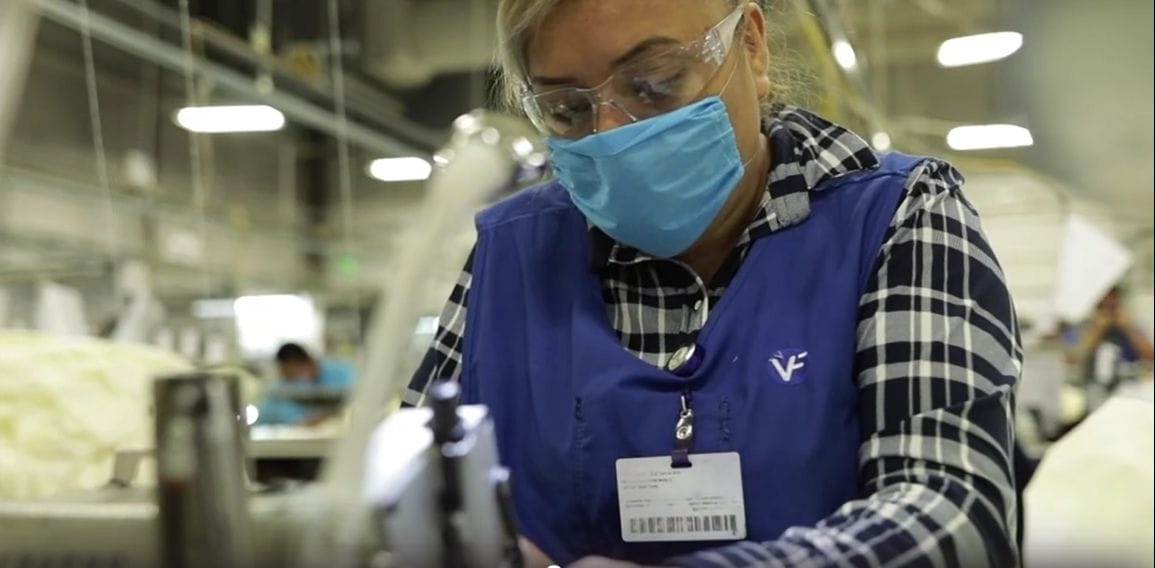I’ve not hidden my belief that employers should not be mandating that their employees receive the COVID-19 vaccine as a condition of employment. Now, OSHA offers yet another reason why employers should recommend, but not mandate, the vaccine.
Per OSHA, if the vaccine is mandatory, then an employer must record an employee’s adverse reaction or side effects on its OSHA log.
If I require my employees to take the COVID-19 vaccine as a condition of their employment, are adverse reactions to the vaccine recordable?
If you require your employees to be vaccinated as a condition of employment (i.e., for work-related reasons), then any adverse reaction to the COVID-19 vaccine is work-related. The adverse reaction is recordable if it is a new case under 29 CFR 1904.6 and meets one or more of the general recording criteria in 29 CFR 1904.7.
I do not require my employees to get the COVID-19 vaccine. However, I do recommend that they receive the vaccine and may provide it to them or make arrangements for them to receive it offsite. If an employee has an adverse reaction to the vaccine, am I required to record it?
No. Although adverse reactions to recommended COVID-19 vaccines may be recordable…, OSHA is exercising its enforcement discretion to only require the recording of adverse effects to required vaccines at this time. Therefore, you do not need to record adverse effects from COVID-19 vaccines that you recommend, but do not require.
A few more points that OSHA made about this issue.
1. To avoid reporting, the vaccine must be truly voluntary and an employee cannot suffer any repercussions from that choice. For example, an employee’s choice to accept or reject the vaccine cannot affect a performance rating, bonus payment, or professional advancement. An employee who chooses not to receive the vaccine cannot suffer any repercussions from this choice.
2. The method by which employees might receive a recommended vaccine does not matter. This rule also applies even if an employer makes the COVID vaccine available onsite or otherwise makes arrangements for employees to receive it offsite. As long it the employee’s choice is voluntary, side effects and reactions are not recordable.
So there you have it. Yet another reason not to mandate that employees receive the COVID vaccine — the administrative burden of recording reactions and side effects, and the risk of potential OSHA citations and fines for failing to do so.








